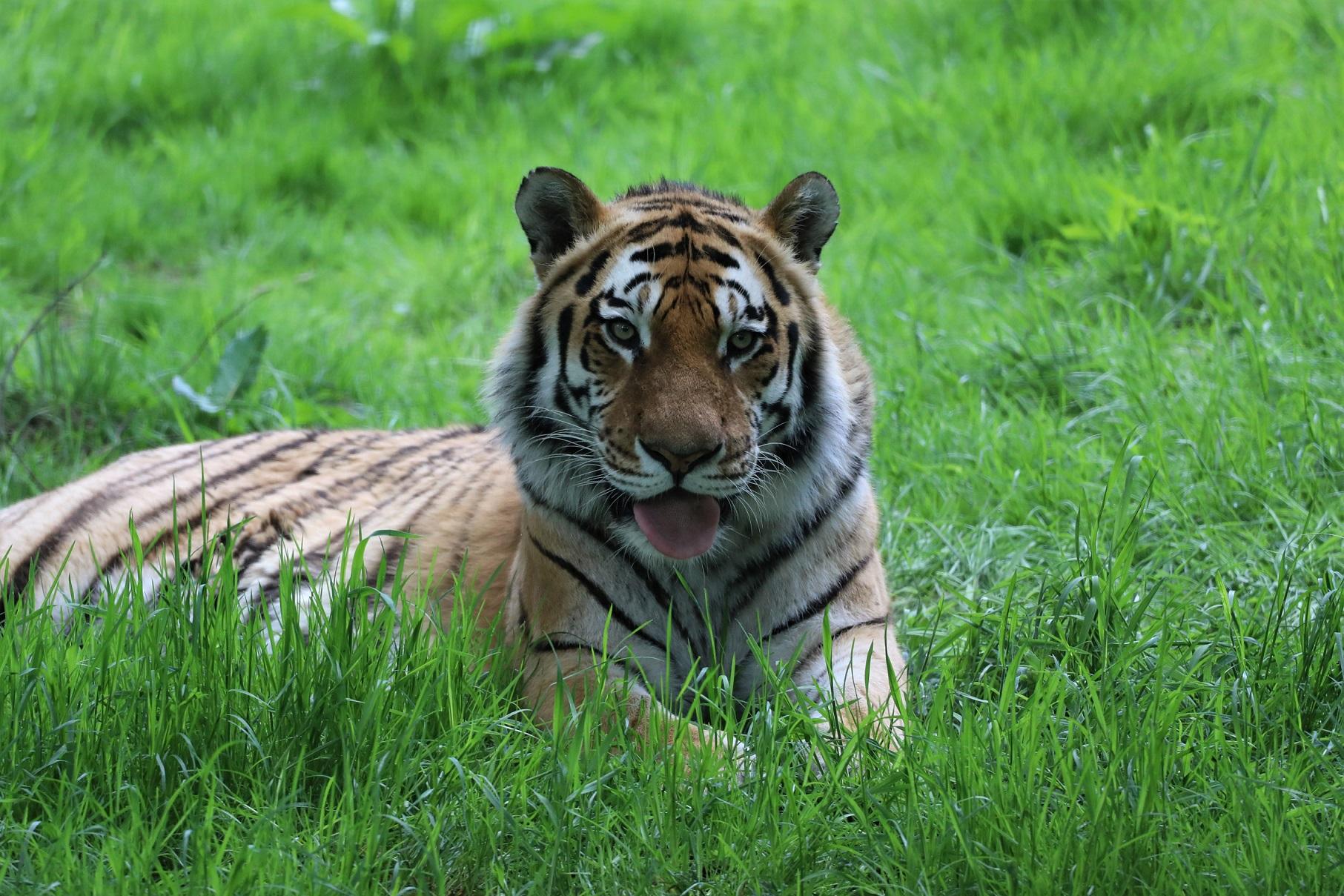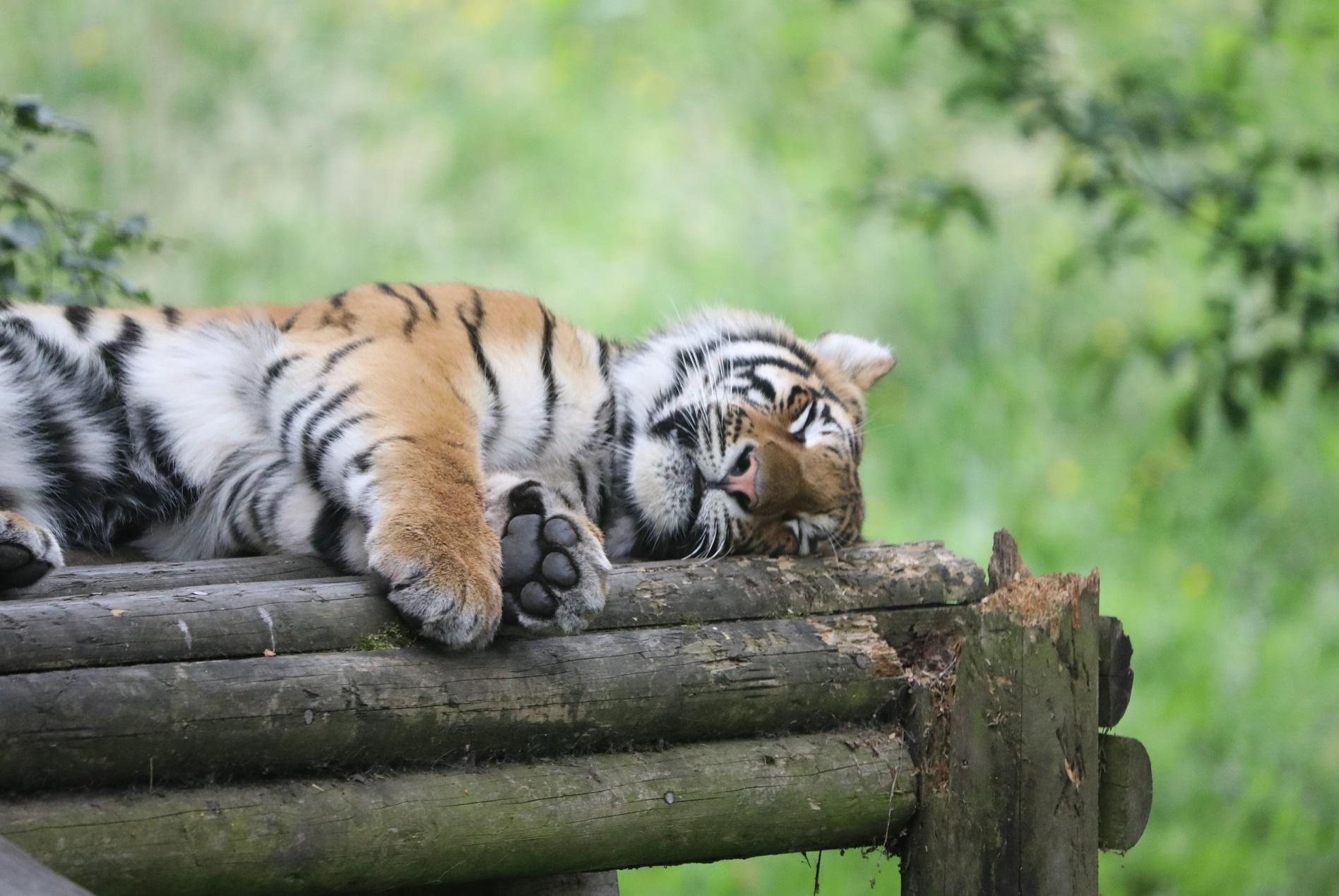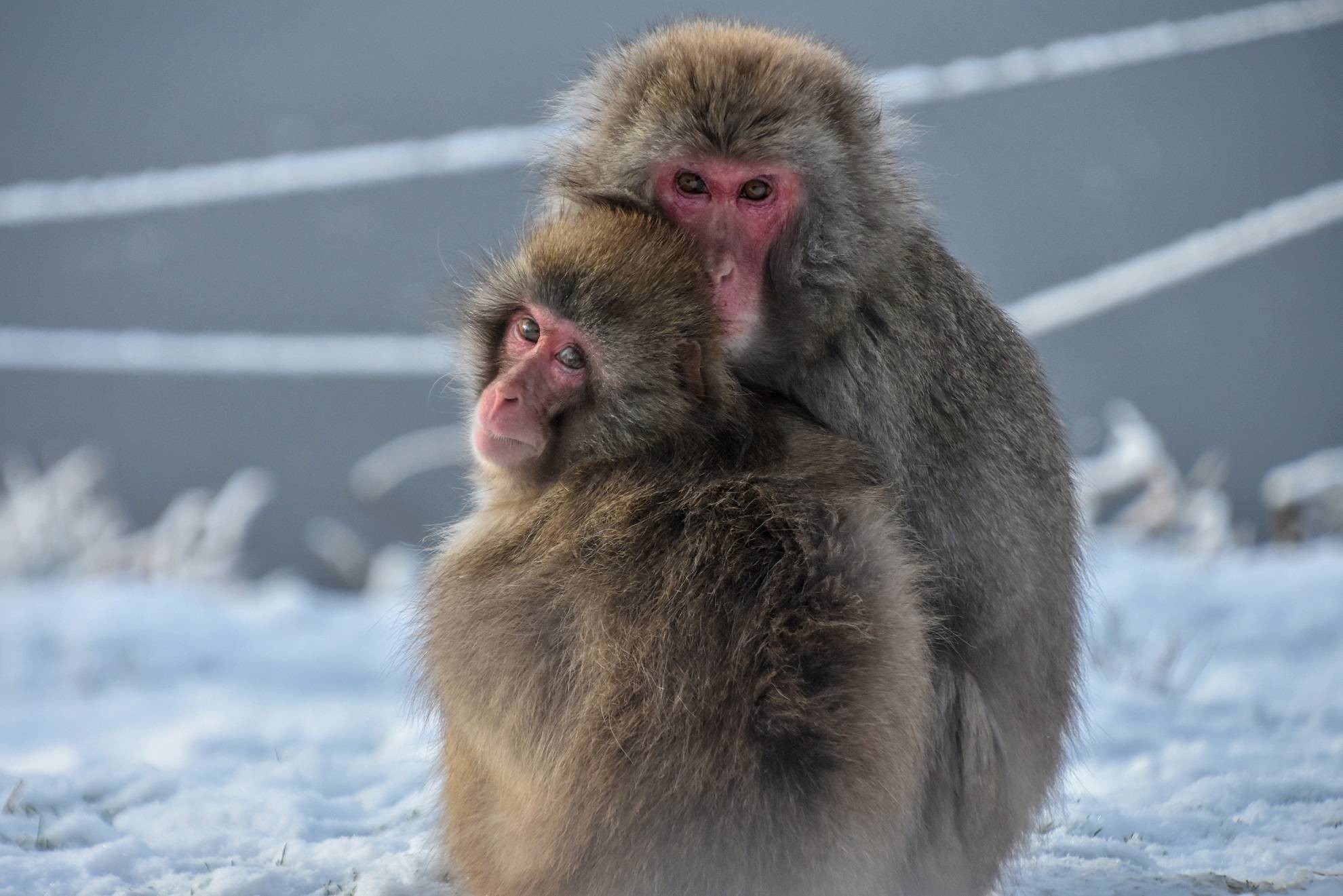Amur tiger
Panthera tigris altaica

We have five Amur tigers, an adult female called Dominika, who was born here in May 2009, and a male named Botzman who arrived in October 2020.
The pair welcomed three cubs in May 2021, two girls and a boy named Nishka, Layla and Aleksander.
Population
Stable
Diet
Carnivore
Habitat
Mountains
Fact file
The Amur tiger (Panthera tigris altaica) is the largest of all the big cats
Previously known as Siberian tigers, the Amur tiger was renamed in the 1990's as the last tigers had long disappeared from Siberia
They are now found only in isolated populations around the Amur river valley in the far east of Russia and on China's north east border
It is estimated that there are around 450 Amur tigers remaining in the wild. Sadly, there are now more Amur tigers living in zoos than in the wild

How we're helping
Like all the animals in our care our tigers are amazing ambassadors for their relatives in the wild and help hundreds of thousands of people connect with nature every year. They encourage visitors to learn about the threats facing wildlife and the action they can take to help create a world where nature is protected, valued and loved.
As a wildlife conservation charity, we care for the animals here at the zoo and work to protect species at risk around the world. From providing expertise in genetics and veterinary health, to protecting wild places with local conservation partners, and even restoring threatened species to the wild, we are active where we are needed most.
Find out more about RZSS conservation
